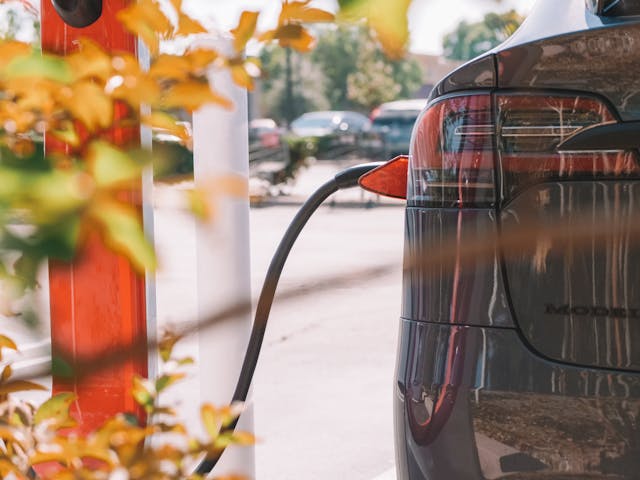

The Southeast Asian region has been heavily reliant on fossil fuels like coal, petroleum, and natural gas for its energy sources. In recent years, however, steady supply amidst increasing demand has posed energy security challenges to various industries in the region.
The growth of economies in the Southeast Asian region has been so rapid in the last two decades that energy supply has struggled to meet the demand, which has been pushed to a 60% increase in the last 15 years. As energy sources fail to keep up with economic developments, Southeast Asia needs to address increasing demands as well as energy efficiency.
What is the current outlook for energy in Southeast Asia in 2022? What energy resources does Southeast Asia have, and how is the transition to clean energy advancing in the region? We look at the challenges and opportunities currently driving the industry’s development.

Energy demand in Southeast Asia has been increasing by an average of 3% per year since 2000. This trend is expected to continue as the regional economy bounces back from the contractions brought about by the COVID-19 pandemic. As the current energy outlook in Southeast Asia is based on volatile global oil and gas markets, the regional dependence on fossil fuels must be augmented by more clean energy projects.
Southeast Asia is considered one of the most vulnerable regions to climate change. Energy efficiency in the region is gaining importance. Individually, countries in the region have taken huge strides towards shifting to clean energy. This will not only provide long-term solutions for high and volatile oil and gas prices but will also reduce the region’s dependence on fossil fuels as they target carbon neutrality.
To ensure more sustainable growth in the region, Southeast Asian countries must prioritize clean energy investments and fulfill their climate change adaptation goals. In the past decade, only 40% of the region’s energy investments went to renewable energy sources. This needs to increase dramatically to address the current energy crisis and help keep global temperatures from rising higher than 2°C.
According to the Asian Development Bank, 290 billion USD in investments is needed to reach the region’s renewable energy targets. There is a robust pipeline of clean energy projects across Southeast Asia, making it an attractive investment alternative for the energy sector. Private investments in renewable energy sources, from facilities to infrastructure, must increase to contribute to the regional energy mix as oil prices increase.
Private companies looking to invest in new technology will help accelerate the region’s clean energy generation capacity. According to renewable energy market analysis of Southeast Asia, unclear regulations as well as restrictions on foreign direct investments are hampering private sector investment projects. Countries must create favorable conditions in order to increase their renewable energy capacity in the coming years.
More than the increasing energy demands in Southeast Asia, climate change adaptation goals that will make the region less susceptible to the effects of rising global temperatures should spur governments to prioritize clean energy projects. Going into 2023, more policy reforms and favorable economic conditions should encourage private investments that can help address the energy demands in Southeast Asia.

Digital Lending in Southeast Asia: Current Trends and Future Outlook
Digital lending in Southeast Asia (SEA) has been on an upward trajectory, significantly enhancing financial access for both individuals and businesses. The region's high internet and mobile penetration rates have facilitated this growth, enabling more people to access financial services conveniently. Governments across SEA are actively promoting digital lending as a means to improve financial inclusion, particularly for the underbanked and unbanked populations. For instance, digital lenders in countries like Indonesia and the Philippines have capitalized on the surge in internet usage to offer innovative lending solutions.

The Latest Trends and Developments in SEA’s Digital Payments Landscape
The adoption of digital payments in Southeast Asia (SEA) has accelerated, driven by technological advancements, government initiatives, and changing consumer behaviors. It has evolved from simple online transactions to sophisticated financial ecosystems that include various payment methods such as mobile wallets, QR code payments, and Buy Now Pay Later (BNPL) options.

Navigating the Digital Era: Future Jobs and Skills in the Age of Digitalization
The job market's transformation driven by digitalization highlights the need to understand emerging trends and acquire essential skills for thriving.

Navigating Key Challenges in Southeast Asia’s EV Market
Southeast Asia (SEA) finds itself at a crucial juncture in the journey towards electric vehicle (EV) production and adoption as the world transitions towards sustainable transportation solutions. The region has several significant keys for developing the EV industry, such as Indonesia's nickel supply and Thailand's EV manufacturing potential. However, the ASEAN EV industry faces many challenges and threats that must be overcome to ensure success in the region.